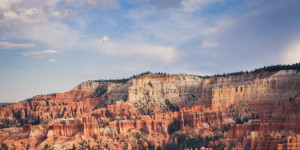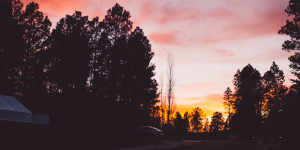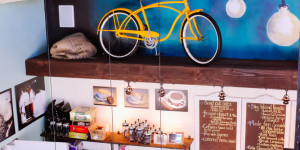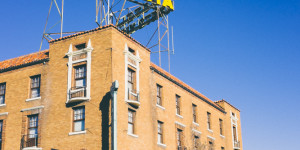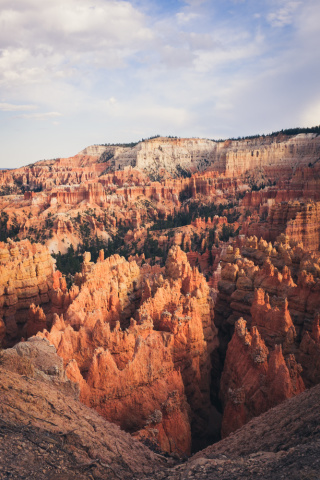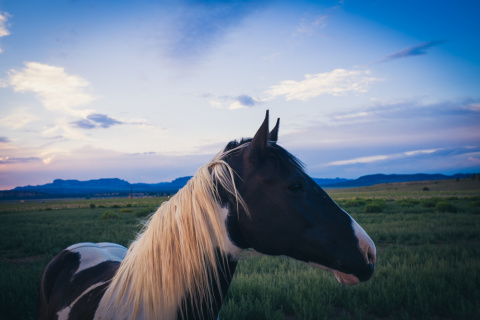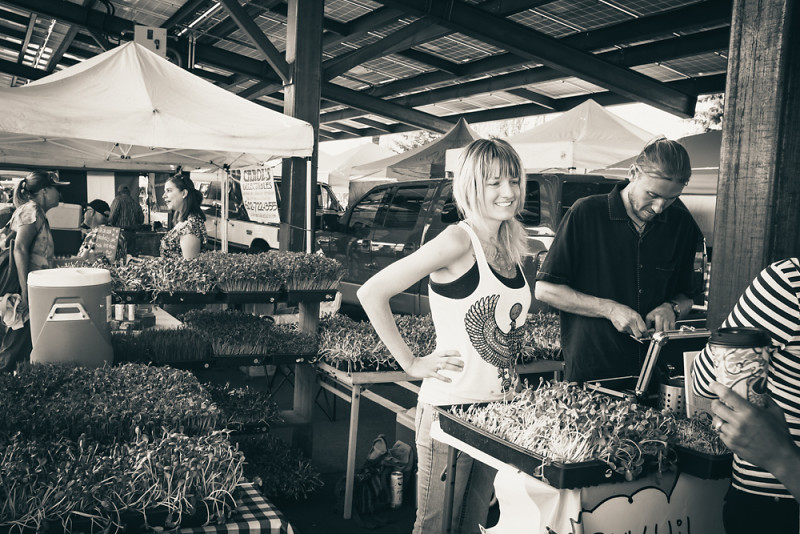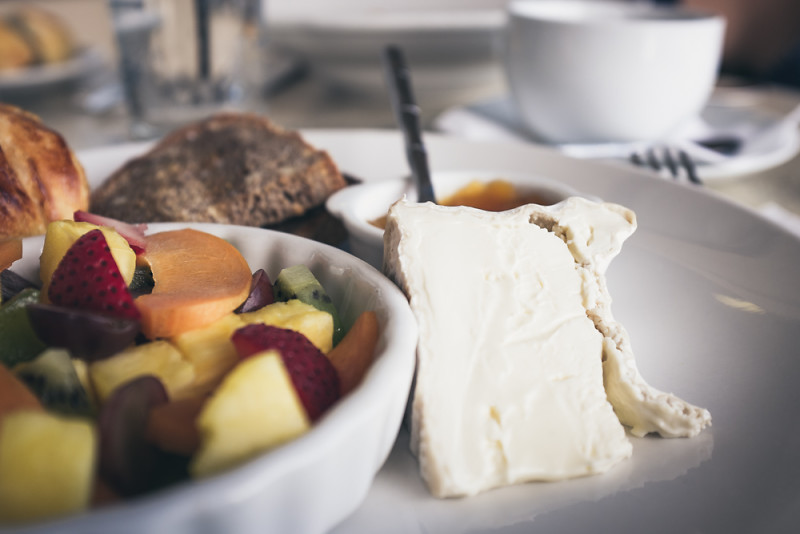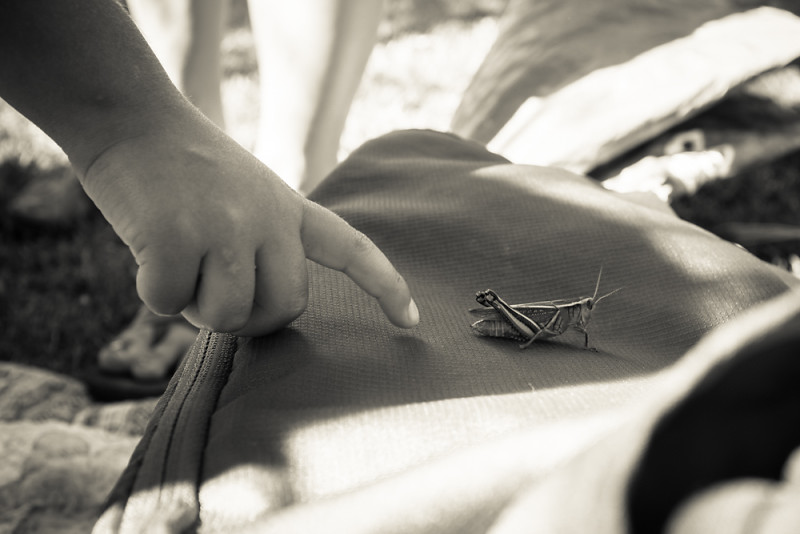What I Found in my Photos
There’s some research somewhere — or perhaps merely a critical contention — that focusing on taking pictures instead of appreciating the moment inhibits our formation of memory. That is, the argument goes, all our social media documenting makes those moments increasingly fleeting and uncaptured. Well, I spent a good chunk of yesterday slowly making my way through 2007 in photos,1 and was struck again and again by those memories. I took more than 4,000 photos in 2007; when I scroll through those images I am astounded by what I remember.
I shared many of those photos at the time. I was trying out my first Project 365 on flickr, and I posted at least one and sometimes several pictures per day. It was a pretty big year for me: I lived on my own in Seattle for a while during a predoctoral internship; finished my dissertation and graduated; interviewed for some jobs; made a significant career change; bought a house; and captured hundreds more daily snippets of life because I was basically taking pictures all the time. Walking through not ony the pictures that I shared, but the photos that I didn’t share, brings me back this flood of recollections.
Don’t Forget to Remember This (At John Carey’s blog, which I discovered via Shawn Blanc) is a wonderful essay about why we take pictures and about the pressures that shape what we shoot, and for whom:
The challenges present in photography today are not in the devices we use to capture, it’s not in our approach, skill level, or what we think we need to create good photos; the problem today is in social pressure. Photography has quickly evolved in its short lifespan from revolutionary, to useful, to ubiquitous and full of expectation.
John Carey works through the conflict in contemporary photography between one’s own perspective and the aesthetic driven by likes, shares and faves. So much of what he says resonates deeply, all the moreso as I think about — and look at, again — the photos I never shared: My wife, my son, moments that might be snapshots or might be carefully composed but which were shut out of sharing because perhaps they weren’t fancy enough or evocative enough, or maybe just because I had already posted a couple that day.
Some of the pictures of my wife and son (born much later than the year of photos I have been poring over this weekend) are images I would love to share; they’re so beautiful, and pictures of people have so much vibrance and life to them, which I am always so happy to preserve. But they’re also private. The stars and comments of “great capture” might superficially validate me or make me feel like a portrait photographer with a fine eye. But a flickr friend’s heart would not feel what mine does when I find, again, that lucky photo of my wife suddenly laughing, so wonderfully bright and alive.
My current camera of choice is this wonderful Fuji X100S, but previously I shot with a Pentax K100D and a growing collection of prime lenses. It’s easy to be captivated by new, fun, fine gear: gear acquisition syndrome is driven just as heavily by the peer pressure to make photos like others' photos and in turn the notion that doing so requires having their gear. But as I look back at these older years' collections of photos I am also struck that some of those photos are really good. Not simply because I like the subject or I found a good moment, but technically good: They’re sharp, colorful, detailed. That’s a good little camera that’s now nearby on the shelf with its FA35mm lens mounted and ready to go; that combination perfectly fit my own photographic vision for years, and I loved going out and using it.2
John Carey again:
My compositions and developing have similar fingerprints in that they tell me a lot about how I felt when I made the photographs. Every click of the shutter for me is a moment worth remembering and it’s the memories that make photography so gratifying for me. I find so much to be thankful for when I look back through the images I have captured through the years.
Back to my own memories: Exploring the photos I made that year, I can’t say that I recall every single moment. Sometimes I was detailed enough to put in a pretty good caption. But in the context of the surrounding images, I get so much back: That was a photowalk around Bellevue; this was a hike on the Arizona trail (and that summer we hiked almost every day!); here’s the celebratory drink the night I decided to go for it; the job interview trip and Half Moon Bay with my grandfather; sitting in the backyard with the dogs and making coffee. Normal days and extraordinary days all lined up next to one another.
And on and on, now with my iPhone and Fuji (regarding which I must confess that I am beginning to feel some desire for the flexibility of point of view offered by an interchangeable lens system; that’s another desire re-kindled by my back catalog and many favorite 50mm images from the old Pentax); and even more with a boy now in preschool and a city and neighborhood that I still frequently walk, camera on my shoulder.
-
Thanks to putting my entire photo catalog back online with my Synology box. ↩︎
-
For what it’s worth, this is empirically borne out by my Lightroom photo stats from that era. For several years I ran some R statistics against my Lightroom library to produce all kinds of summary information about my metadata — like a perfect storm of my interests, photography plus geeky tinkering with code and visualizations! ↩︎




